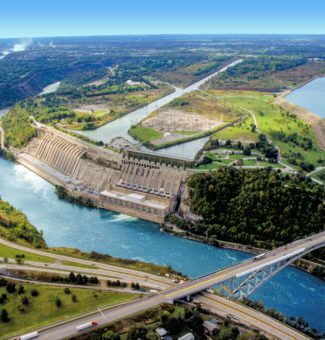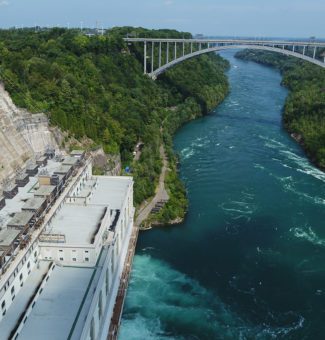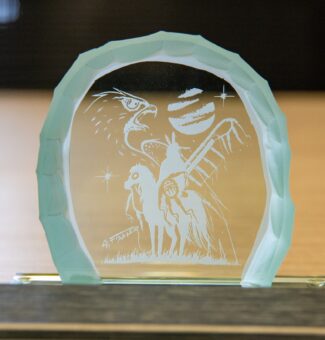Celebrating the Bruce Trail, Canada's oldest and longest footpath
In 1960, a group of citizens concerned about southern Ontario’s rapid development came together to talk about creating a public footpath that would span the entire Niagara Escarpment.
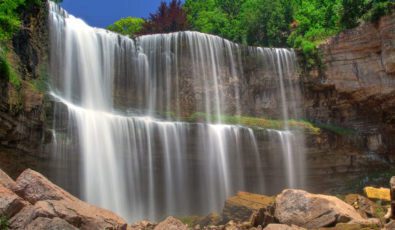
It was the ambitious vision of Ray Lowes and Robert Bateman, both members of the Federation of Ontario Naturalists, to preserve a vast nature corridor and create a trail for hikers that would give them easy access to the province’s beautiful environment.
In 1967, Canada’s centennial year, that vision came to fruition with the official unveiling of the Bruce Trail in a ceremony in Tobermory, the trail’s most northern point. More than 50 years later, hikers and nature lovers across the province continue to flock to Canada’s oldest and longest marked footpath.
“When people who live in southern Ontario think about the Niagara Escarpment, the Bruce Trail is often front of mind,” said Marsha Russell, Director of Communications and Fund Development for the Bruce Trail Conservancy, a charitable organization committed to preserving and maintaining the 890-kilometre footpath that runs from Niagara to Tobermory, along with its 400 km of side trails.
"It’s a public and recreational asset that serves a very important ecological service."Marsha Russell, Director of Communications & Fund Development
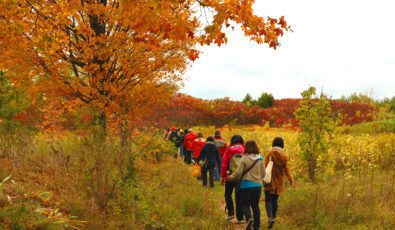
The well-loved trail receives about 400,000 visits throughout the year, from dog walkers, casual strollers, and expert hikers who traverse the trail end-to-end. The sprawling trail is separated into nine sections, which are maintained and promoted by nine member clubs with the help of about 1,500 volunteers. The Conservancy is supported by about 9,000 members, who donate funds to help the agency in its mission.
As a sponsor, OPG supports the conservancy’s Bruce Trail Day, which is marked by free guided hikes, family activities and hands-on conservation projects. This year, the Bruce Trail Day will take place Sunday, Oct. 6, from 10 a.m. to 3 p.m.
As the trail runs through public and private lands, much of the conservancy’s efforts have revolved around securing relationships with landowners and buying up private land to preserve the 11,000 acres that make up the footpath. Early organizers worked tirelessly to bring private landowners on board, who were more than happy to accommodate the trail. Those agreements and land purchases have kept the trail running uninterrupted.
Much ecological work has also been done by volunteers to keep the trail in shape, including removing invasive species, planting trees, controlling erosion, and maintaining proper and safe access with bridges. It’s all part of keeping to the conservancy’s original vision of maintaining a natural conservation corridor in the Niagara Escarpment, which is a designated UNESCO World Biosphere Reserve.
“The ecological impact of this natural corridor is incredibly important,” Russell said. “It means having intact forests, having species that can migrate and breed within the corridor, and having clean water.”
For more information on the Bruce Trail and Bruce Trail Day, visit www.brucetrail.org.
Subscribe and stay informed
Sign up to receive the latest news, project updates, and event information from OPG.
